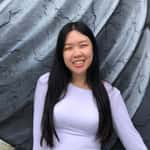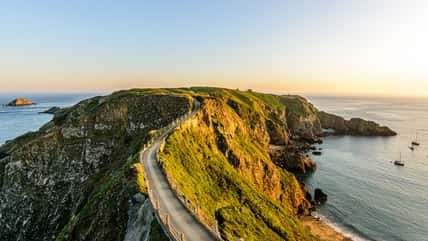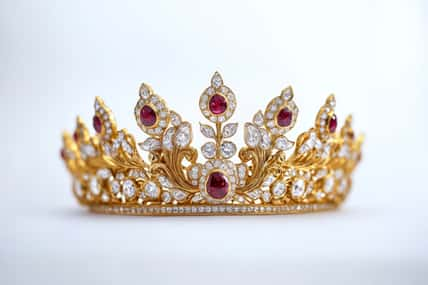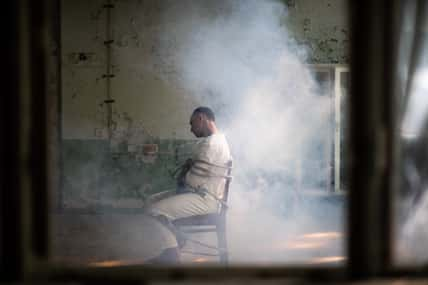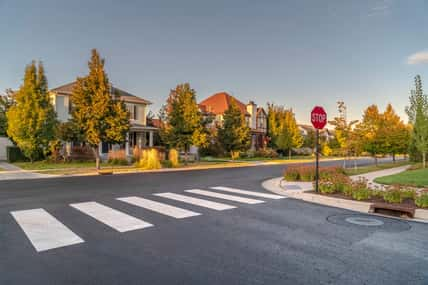She Made History In Physics Long Before Women Were Welcome In Science
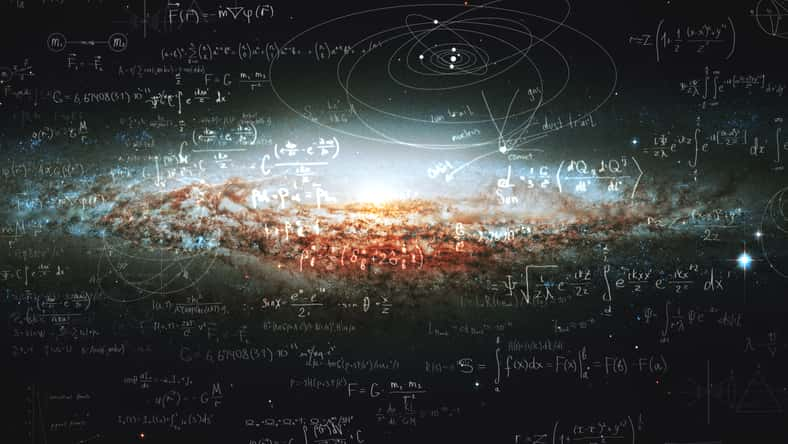
In 1988, Paula Findlen, a graduate student at the University of California, Berkeley, was visiting the archives of the University of Bologna in Italy when she discovered a book about the early women of science in the Italian peninsula, in particular, Cristina Roccati.
Cristina Roccati was born in 1732 in the small town of Rovigo in northern Italy. She made many intellectual accomplishments by defying social norms to study physics and philosophy.
Among the Italian elites, knowledge was valuable and could boost a woman’s social status. However, few women were encouraged to pursue too much formal education, as they were also expected to marry well and maintain family wealth and influence.
But by the 18th century, the Republic of Venice was in decline. Some aristocratic families had lost much of their wealth and could not afford dowries. So, refining and investing in a daughter’s education was seen as another way to make her more desirable and secure her future.
Still, earning a university degree was extremely rare. Most women’s education happened within family libraries. As for Cristina, her father recognized her intellectual abilities at a young age. She was the eldest daughter of Giovan Battista Roccati and Antonia Campo. The Roccati family married into nobility but were not nobles themselves.
When Giovan Battista realized that Cristina had an interest in reading as a child, he built a library and hired a tutor for her. His son, Alessandro, married a noblewoman, and his youngest daughter was so illiterate that she was unable to write her own name. Therefore, Cristina had the most potential to make a name for the family.
By the time she was 15 years old, Cristina already knew more about classical literature, natural philosophy, and mathematics than her tutor. So, her father allowed her to pursue a university degree, which was almost unheard of at the time.
In 1747, Cristina traveled to the University of Bologna by carriage with her aunt and tutor. She became the first woman there to officially attend courses as a non-resident. She sat alongside male students for three years, studying natural philosophy, Aristotelian physics, and Cartesian geometry.
She also observed physics experiments, attended anatomy sessions, and wrote poems. In May 1751, she graduated with a degree in philosophy at just 19 years old. She was the third person in Italy to achieve this.
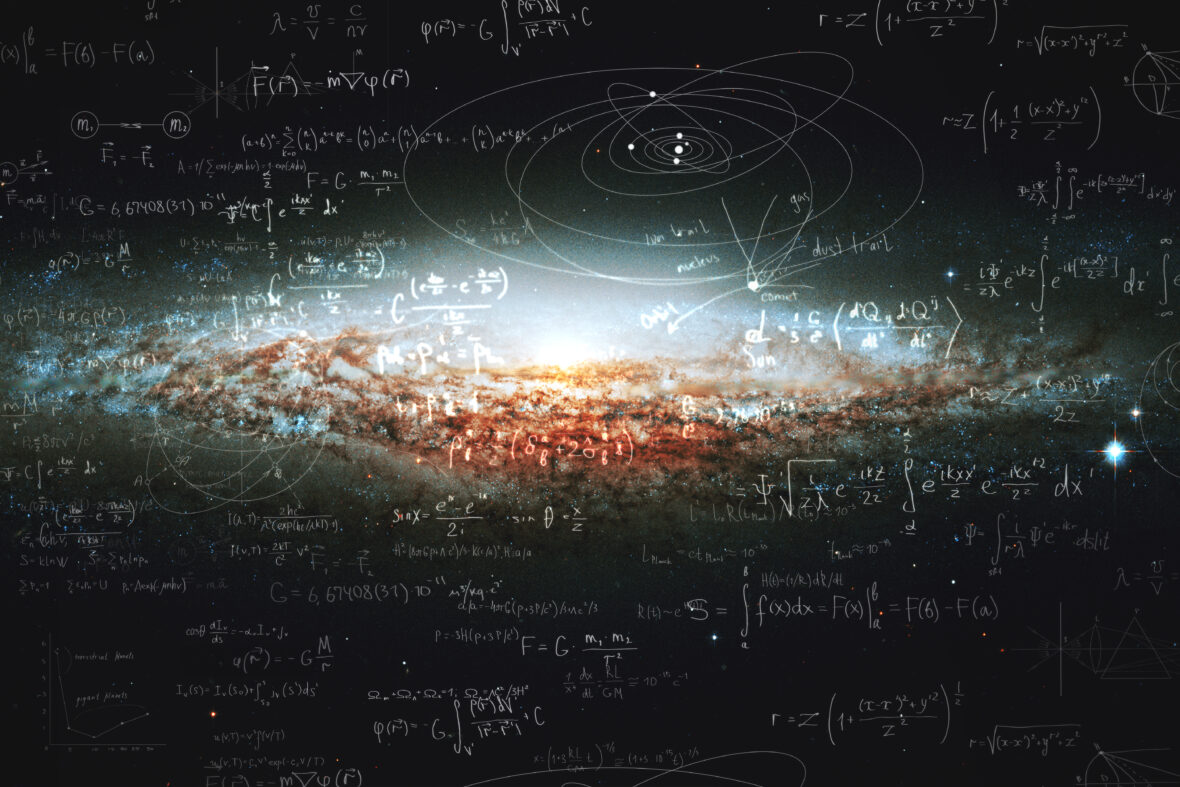
Sign up for Chip Chick’s newsletter and get stories like this delivered to your inbox.
When Cristina returned to her hometown of Rovigo, she found that there weren’t many cultural and intellectual opportunities for her there. Her father permitted her to move to Padua to study astronomy and Newtonian physics.
She returned home after two years because her father was involved in a financial scandal, and the family needed money. She was forced to sell her library to cover some of the debt.
For the next 25 years, she taught physics mostly to men at the Tempio della Beata Vergine del Soccorso. In 1754, she was appointed as “Prince” of the Accademia dei Concordi for her skill in explaining Newtonian physics and Galilean science.
She died in her 60s in Rovigo. Today, her story is told at Palazzo Roncale in Rovigo, and she is remembered as a pioneer of astronomy and science.
